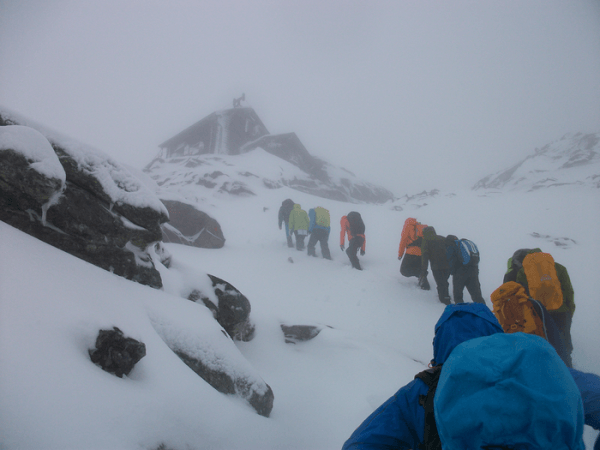In a large-scale fundraising campaign, popular YouTubers like Mister Beast and Mark Rober are currently trying to rid the oceans of almost 14,000 tonnes of plastic waste. That's about 0.15 per cent of the amount that ends up in the oceans every year. But it's not just our waters that are full of plastic. A new study shows that the spread of nanoplastic through the air is a more widespread problem than previously thought.
In a new study, Empa researcher Dominik Brunner, together with colleagues from Utrecht University and the Austrian Central Institute for Meteorology and Geophysics, is investigating how much plastic is trickling down on us from the atmosphere. According to the study, some nanoplastics travel over 2000 kilometers through the air. According to the figures from the measurements about 43 trillion miniature plastic particles land in Switzerland every year. Researchers still disagree on the exact number. But according to estimates from the study, it could be as much as 3,000 tonnes of nanoplastics that cover Switzerland every year, from the remote Alps to the urban lowlands. These estimates are very high compared to other studies, and more research is needed to verify these numbers
The study is uncharted scientific territory because the spread of nanoplastics through the air is still largely unexplored. The result of Brunner's research is the most accurate record of air pollution by nanoplastics ever made. To count the plastic particles, Brunner and his colleagues have developed a chemical method that determines the contamination of the samples with a mass spectrometer.
Read more at: Swiss Federal Laboratories for Materials Science and Technology (EMPA)
Teamwork: Scientists ascending to the research station in the Hohe Tauern National Park. (Photo Credit: ZAMG/Niedermoser)


